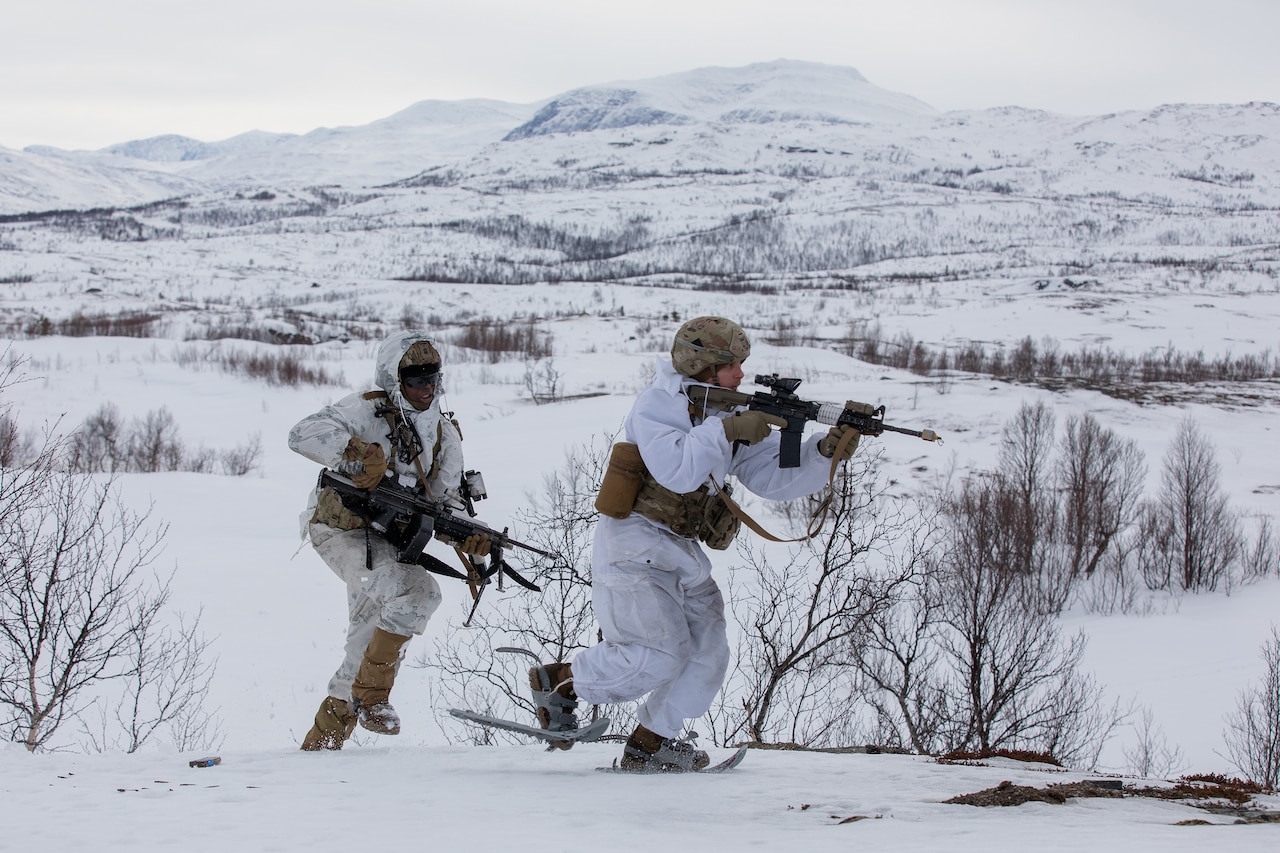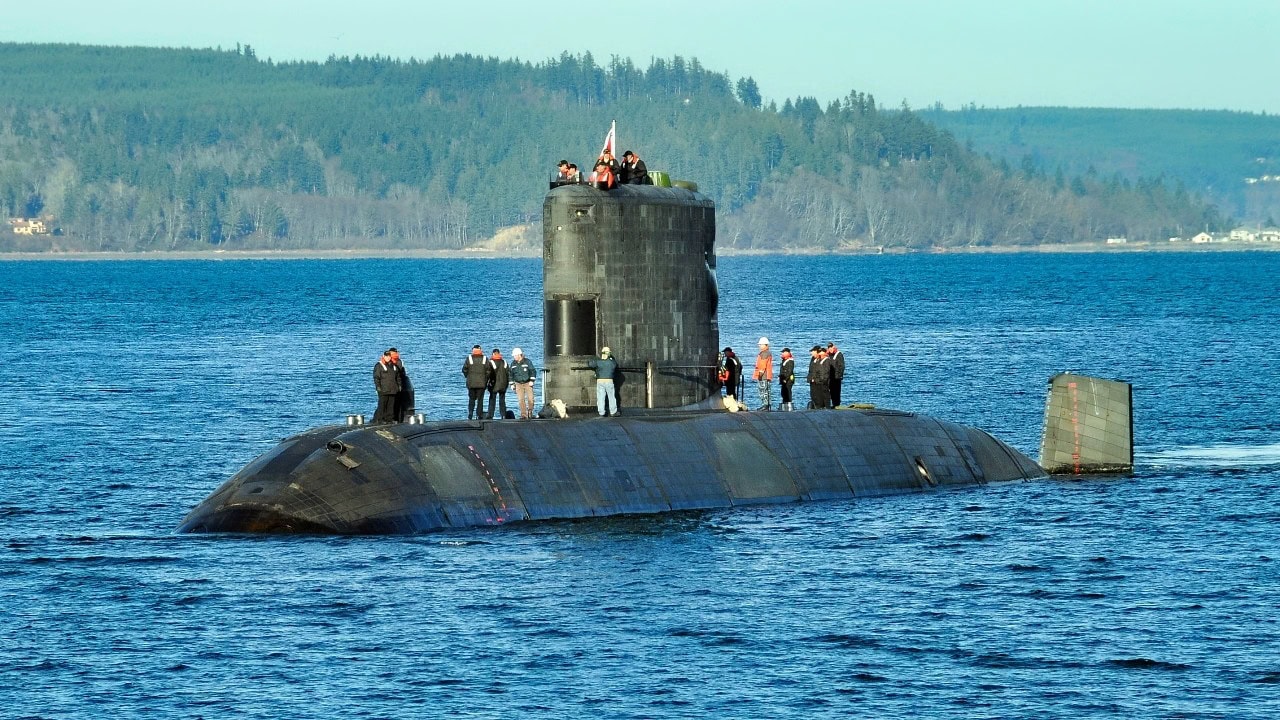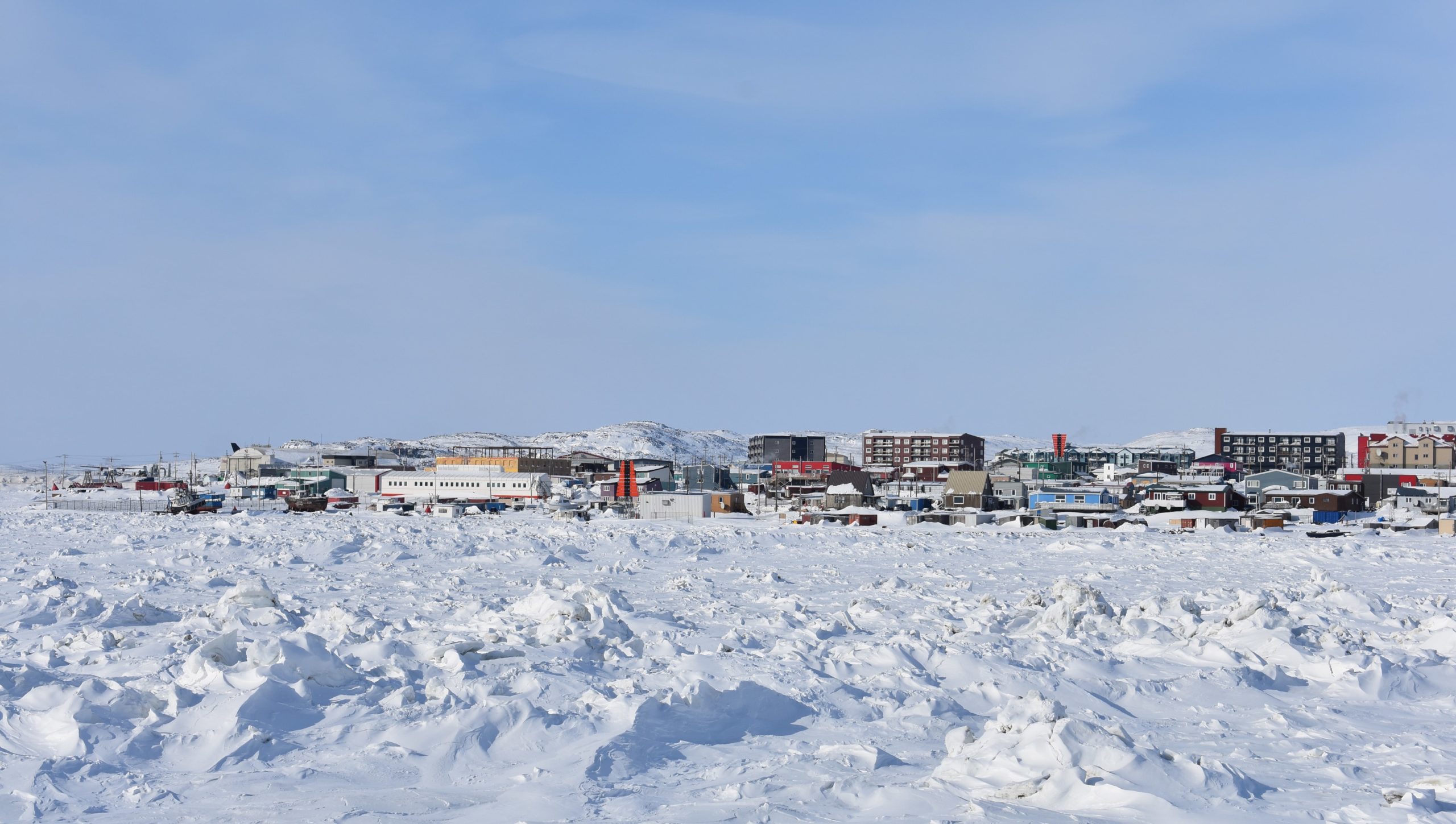Will we achieve superpower status soon after ensuring access to clean tap water up there

Iqaluit's water crisis highlights deeper issues with Arctic infrastructure
Infrastructure in the Arctic faces numerous challenges which directly impact the quality of life and health of residents, as well as economic development opportunities in the region. Canada’s Arctic infrastructure, specifically the infrastructure in the territorial capital of Iqaluit, is aging and limited.
As noted by Nunavut Tunngavik Incorporated’s (NTI) 2020 infrastructure report, the gap between Nunavut and the rest of Canada is large and widening. This gap is sometimes difficult to quantify because the Canadian federal government does not collect data on all forms of infrastructure in Nunavut, such as solid waste disposal.4)
This represents one of the many challenges for sustainable development in the North, as the lack of reliable data means there is no baseline. More specifically, according to NTI’s report, Nunavut’s drinking water infrastructure is below the Canadian national standards. NTI’s assessment was in line with Ecojustice’s 2019 evaluation which gave Nunavut a “D” on its water infrastructure, the lowest of any Canadian province or territory.
The low grade was due to its low water treatment standards and limited infrastructure.5) Only 14% of Nunavummiut are served by piped water. 6) Rankin Inlet, Resolute Bay, and parts of Iqaluit are the only Nunavut communities served by piped water. The National Collaborating Centre for Environmental Health states that the reason for Nunavut’s reliance on trucked water is due to the lower investment required for construction and maintenance, although operating costs are higher.7)
Furthermore, NTI reported that 85% of Nunavut’s drinking water infrastructure is in poor condition.8) The systemic under-funding and under-investment in Nunavut’s drinking water infrastructure demonstrates a lack of commitment from the Federal government. The Canadian Council of Ministers of the Environment endorses the use of a multi-barrier drinking water filtration system.
However, none of the water plants in Nunavut utilize this standard, instead relying on chlorination.9) In addition to the subpar state of water infrastructure in Nunavut, the cost of operating and maintaining these systems is ten times the national average.10) The combination of deteriorating infrastructure and high operating costs mean that investments in upgrades are not feasible due to underfunding from the Federal government.
Iqaluit’s water crisis highlights the need to support a resilient Arctic through plans to build climate-informed Arctic infrastructure.

www.thearcticinstitute.org












